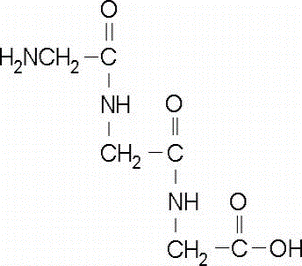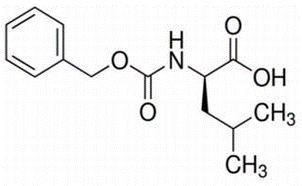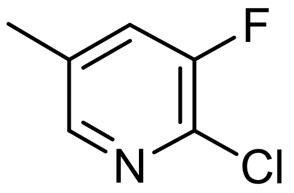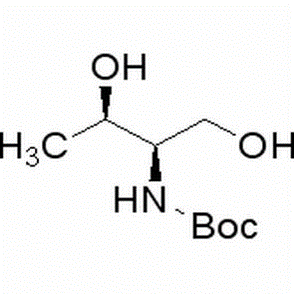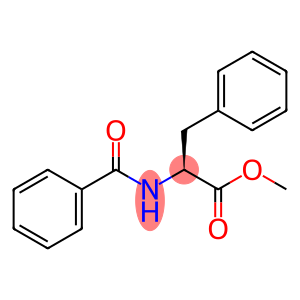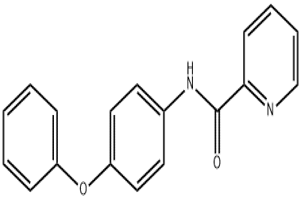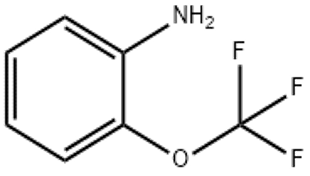Glycyl-glycyl-glycine(CAS# 556-33-2)
| WGK Germany | 3 |
| FLUKA BRAND F CODES | 3-10 |
| HS Code | 29241990 |
Introduction
Glycylglycylglycine is a peptide compound. The following is an introduction to the properties, uses, preparation methods and safety information of glycylglycylglycine:
Quality:
- Appearance: Glycylglycylglycine is usually a white solid and soluble in water.
- Chemical properties: It is a soluble peptide in tetrahydropyran with a strong sweet taste.
Use:
Method:
- Glycylglycylglycylglycine can be prepared by chemical synthesis or microbial fermentation methods. Chemical synthesis is mainly the reaction synthesis of glycine and other chemical reagents through reactions. Microbial fermentation uses specific microbial enzymes to catalyze synthesis.
Safety Information:
- However, for some people, ingestion of glycylglycylglycylglycine may cause an allergic reaction and should be used with caution in people with allergies.
- When using glycylglycylglycylglycine, follow the directions and dosage and avoid overdose.


